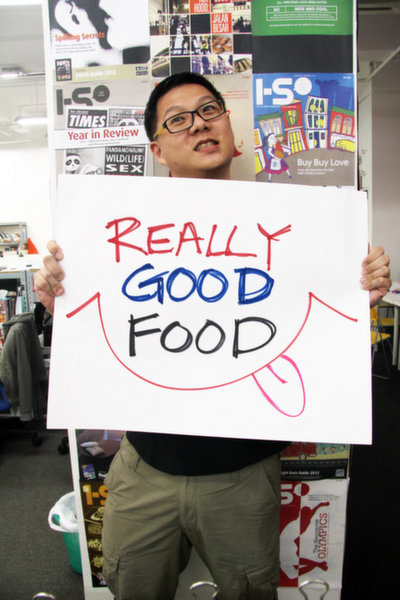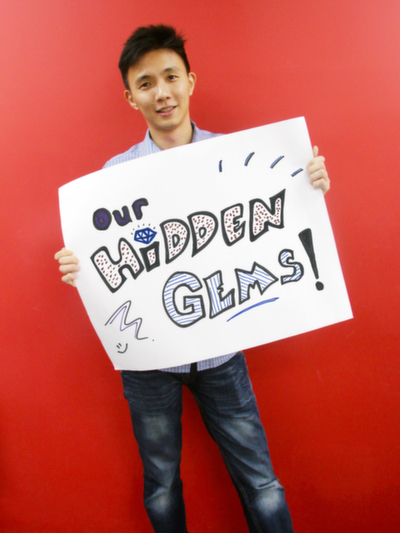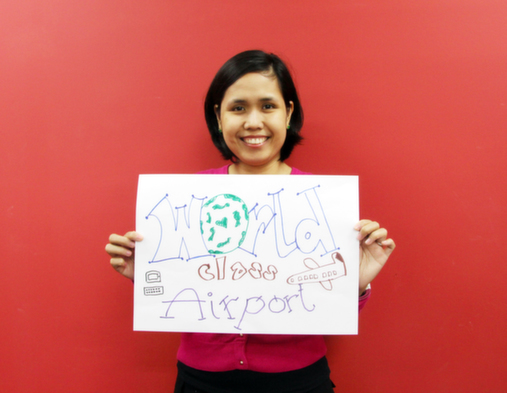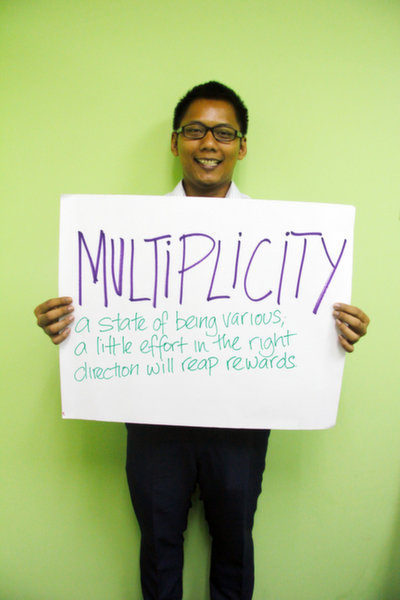I dreamed of being a teacher and never had any other option in mind. Teachers, back then, were seen as the smartest people. They impressed me. Many of my seniors at school were also scholarship students who came back to teach juniors like me. They were so cool. They were my inspiration.
I fell in love with stage plays during my university years. It’s the thing I’ve had the most passion for, apart from being a lecturer. I was always part of the plays my faculty would stage.
The script and the actors are the great combination that make each stage play fascinating. I’m not so familiar with all the stage production techniques. For me, the script and the actors must be a great match.
I followed it up with a debate show on Channel 9, which was a hit; and all these entertainment jobs started coming to me.
My first commercial stage play, Chan Phu Chai Na Ya, was so successful, 30 years ago. People fought to buy tickets! But other plays were waiting to show at the theater, so we finally had to step down after playing more than 200 shows over six months.
It’s really annoying to see how producers cast actors these days. They only pick people who are hot at that moment instead of choosing them properly for the role. You’ve got plays where the actresses playing the mother and the daughter are only five years apart.
Entertainment these days must have ghosts, ladyboys and comedians. You can’t be serious about serious things if you want to entertain people. That’s why I put all these characters into my new show, Phu Chai Na Ya, Episode: Hua Jai Mai Pen AIDS. It’s the combination of the stage plays Phu Chai Na Ya, which I directed and Hua Jai Mai Pen AIDS which I acted in when AIDS was really new for Thais.
People used to think AIDS was the disease that God had sent to kill homosexuals. They thought gays were eccentric and deserved to die. But, it was long time ago. Now, as we all know, AIDS can kill anyone.
Control your lust. All sexually-related problems such as AIDS or abortion are from the fact that you can’t control your lust.
I was barred from TV because I was gay. There had been this outcry from old-fashioned people who were against the idea of bringing homosexuals on to TV. They wrote to the TV stations that we were like germs that can spread disease to children, making them be like us. The TV executives finally decided to bar me.
It was the most depressing moment in my life. Why couldn’t these people look at my work instead of crucifying me because of my personality?
You must prove that you’re valuable, especially third gender people. After years of doing hard work as an academic, a marketer, an instructor and an entertainment person, I finally got accepted and had the chance to be on TV again.
I’m glad that homosexuals are now accepted by society. They work in every industry, from doctors to teachers.
I feel nothing about the push to have same-sex marriage law. I don’t feel anything lacking in my life as I have a job, money and a partner. I don’t want to sound selfish, though. I do support this law for those homosexuals who aren’t as lucky as I am. They face difficulties that require the law to protect them.
I feel awkward to show my love in front of everyone. I even feel bashful bringing my partner to sit among friends who are straight and talk about their children, and grandchildren, which we don’t have. I don’t know how to introduce him to them and my partner will feel awkward, too. So we just separate when we go out to party.
The social status for gays is always single, even though we have partners. Just see the invitation cards for wedding parties: it will have only one name written on the card.
I gave up on politics. I recently stopped my involvement with the People’s Alliance for Democracy. People who I used to admire changed in the wrong way and did things I never imagined they would do.
I have no hope for this country. Representatives vote as they are ordered, not for the people’s benefit. It’s such a waste of our money to pay for electricity and water in the parliament for three days as they know which way they will vote since day one. No one can fight the power of money.
Being loved by my students is the most precious thing for me. And I’ve always loved being a teacher. Now, I’m an instructor at Chulalongkorn, Sripathum and the dean at Naresuan University.
I never thought that one day I would be a dean, as I figured the university would be condemned for appointing a katoey to be their dean.
Know yourself and be ambitious, but base it on reality.






















